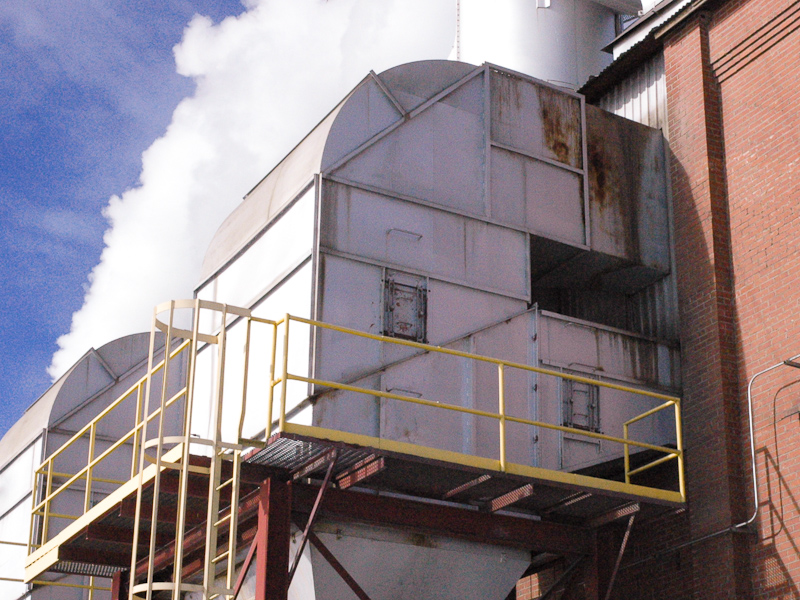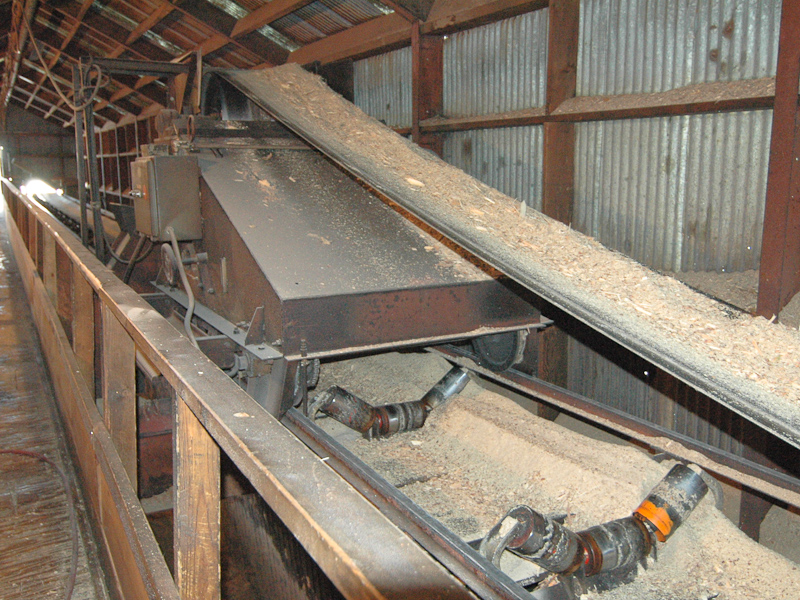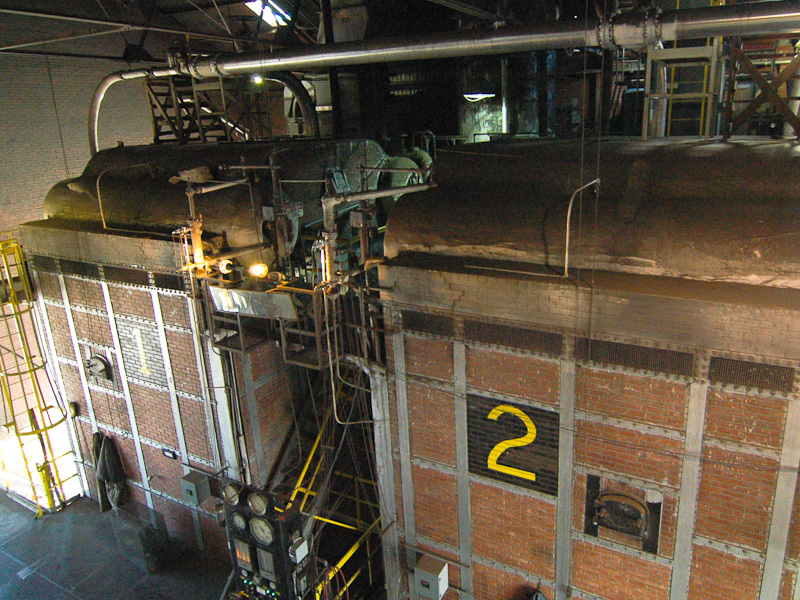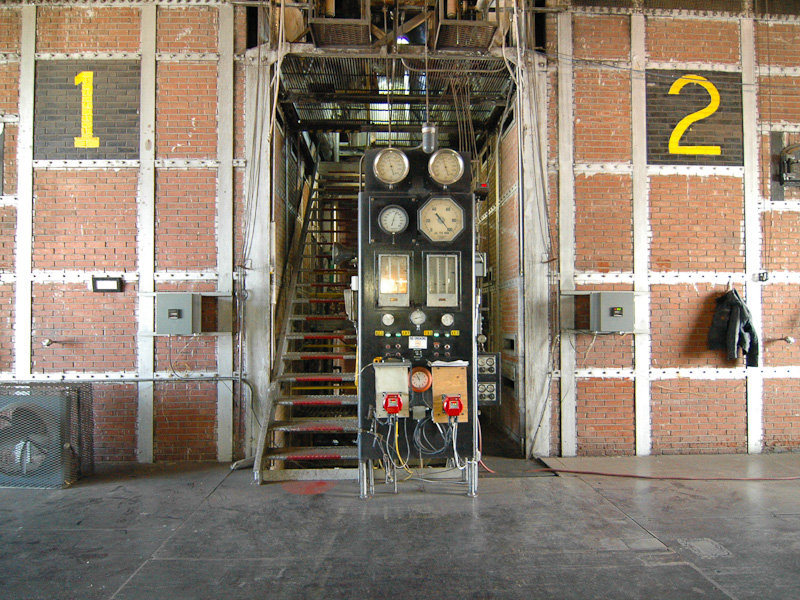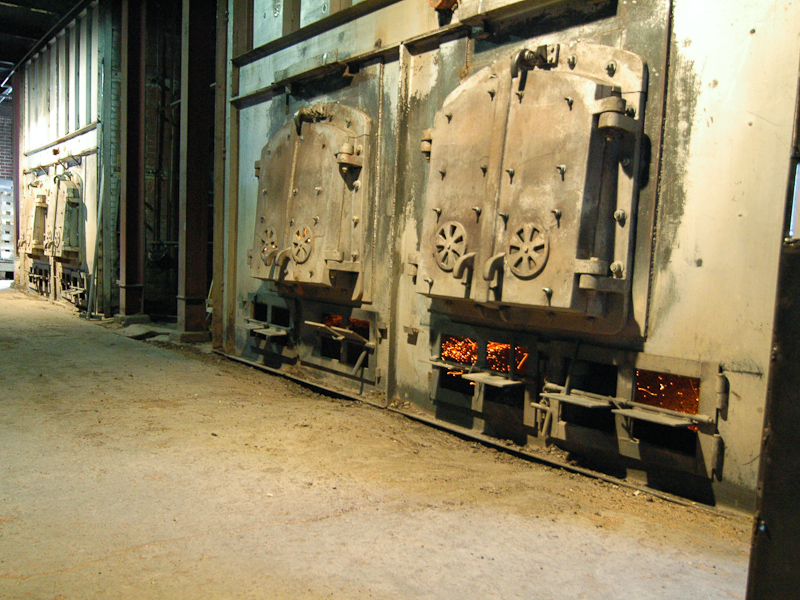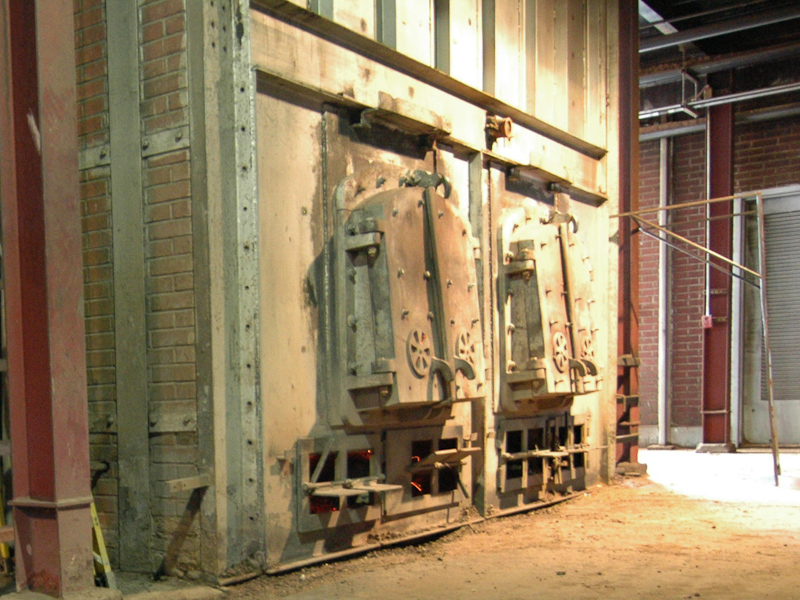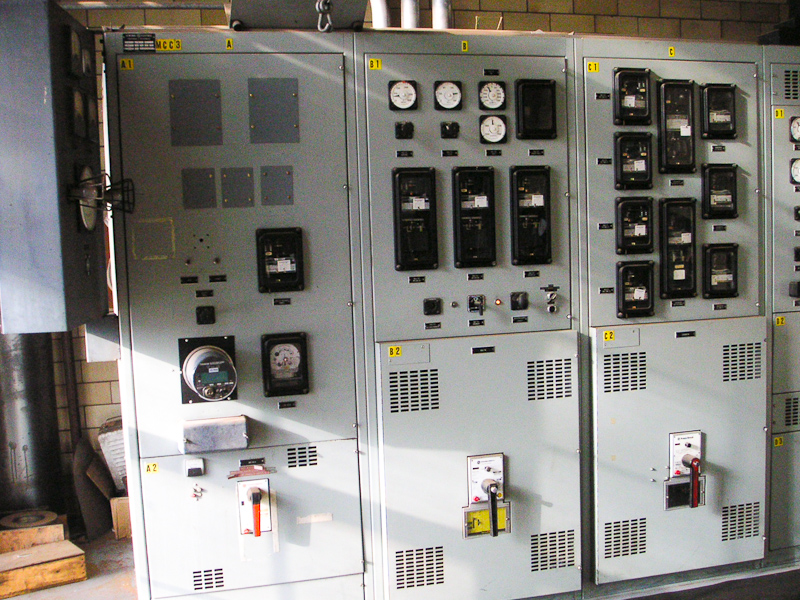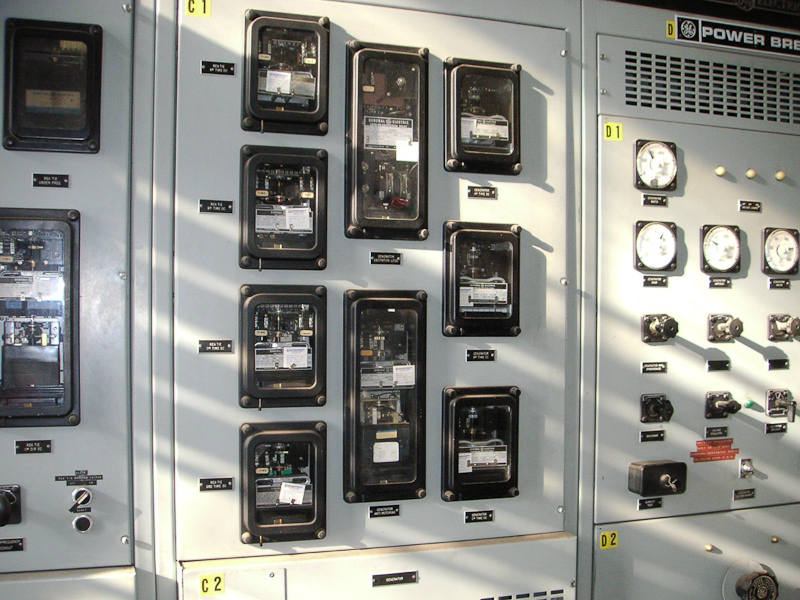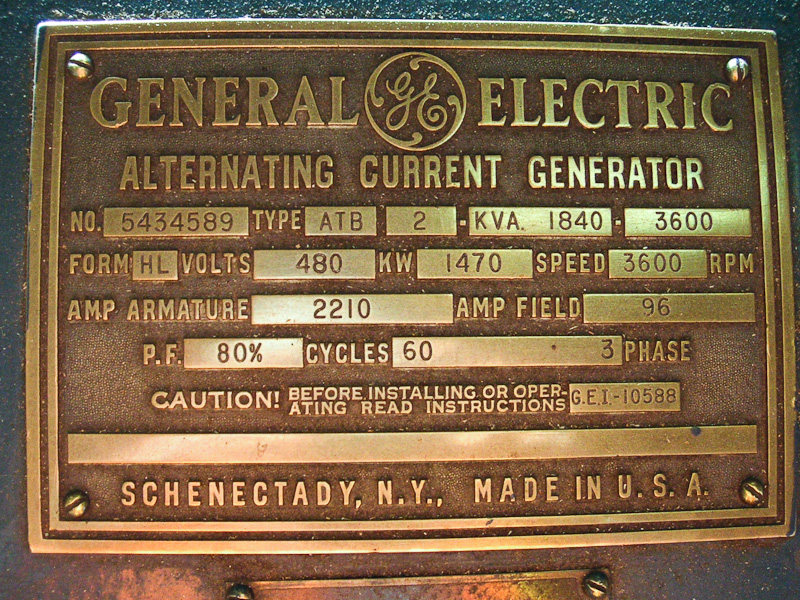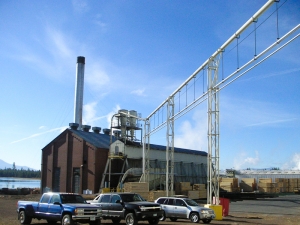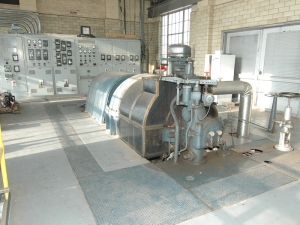Project Description
Lumber Mill Steam Plant Electrical Generation
- Preformed electrical analysis of plant generation and consumption.
- Identified alternatives saving an estimated $750,000 annually in operating costs.
- This engagement involver high pressure steam from a pair of wood fired boilers (background above) used to generate about 20% of plant electrical consumption.
- Lower pressure steam from the turbine generator (building foreground) is provides heat used to dry lumber products produced by the mill.
- This Combined Heat and Power (CHP) process maximizes use of steam energy.
This analysis was commissioned by plant management to identify practical methods with reasonable paybacks which would improve the plants overall electrical efficiency. Alternatives identified both increased plant electrical production and improved consumption efficiency.
Boiler house of this central Oregon saw mill (Left). It was designed in the 50’s to utilize wood byproducts (hog fuel) to fire the two 250 psi boilers. Steam produced powers a turbine producing electric power and provides heat for lumber drying kilns.
Management was increasingly concerned about rising electric rates. This study was commissioned to provide an analysis of efficiency enhancement options and to examine the feasibility of generating sufficient electric power on site such that the mill could operate without utility electric power.
A Level I analysis seeks to identify feasible alternatives supporting go/no-go decisions for further investigation and implementation. In this case, it required about four weeks using plant records and on-site inspection which included the one Megawatt steam turbine generator (shown at Left), boilers and utilization equipment. This resulted in:
–Seven recommendations came out of the study.
–Estimated capital expenditure to implement all recommendations was $1.25M.
–Avoided cost savings totaled $750,000 annually – less than a two year simple pay back.
–Recommendations included boiler economizer, hog fuel dryer, improved generator excitation, VFD control of 200 HP Induced Draft fan motors, new back pressure turbine and condensation return improvements.
At the moment the plant produces sufficient hog fuel to fire the existing boilers but the mill could become electric power self-sufficient by increasing generation capacity and purchasing additional hog fuel.
An economic analysis of new 5 MW steam generation was also included in the final report (shown at Left). The feasibility of this expansion to generate all electricity consumed hinged largely on future electric rates and to a lesser extent on future cost of hog fuel the plant would need to purchase.
If undertaken this expansion would involve capital costs estimated at $12M with a simple payback of 3 to 10 years depending on future cost projections mentioned.
